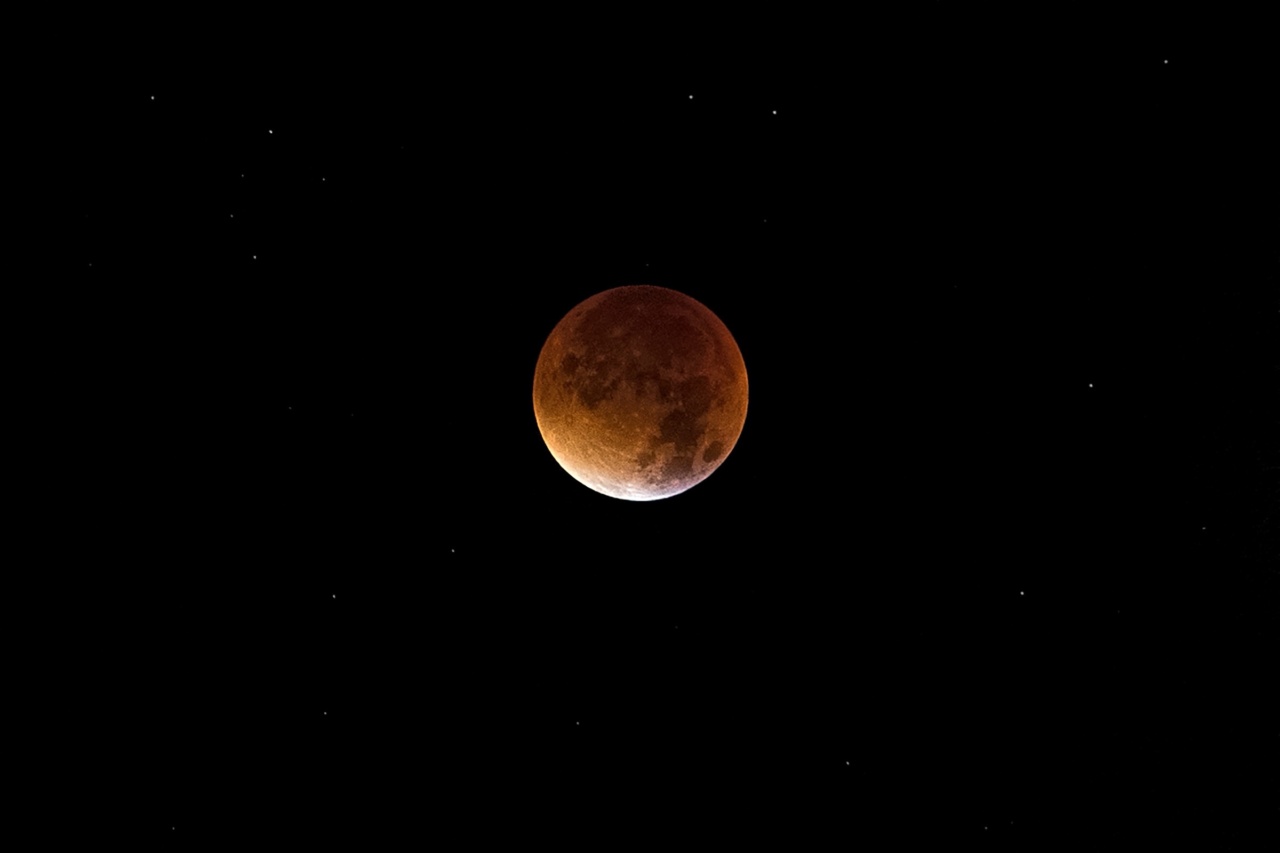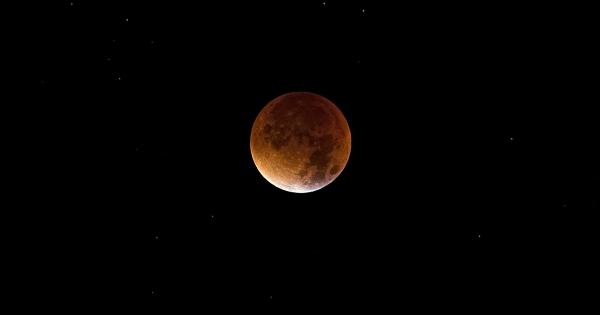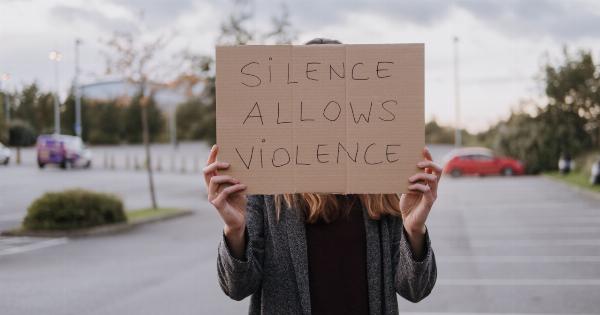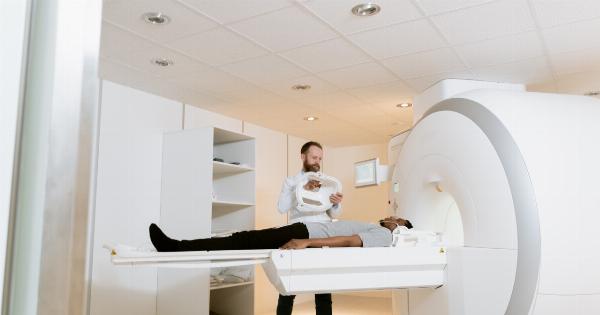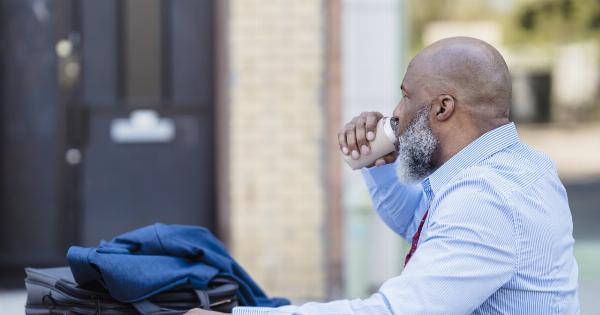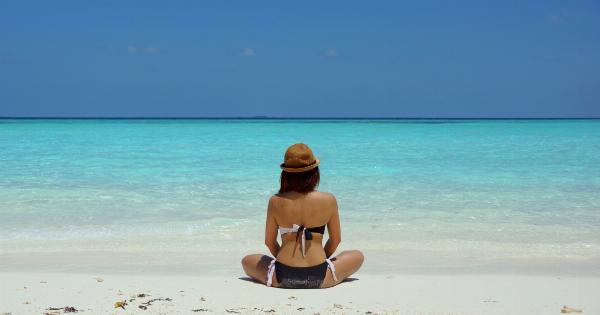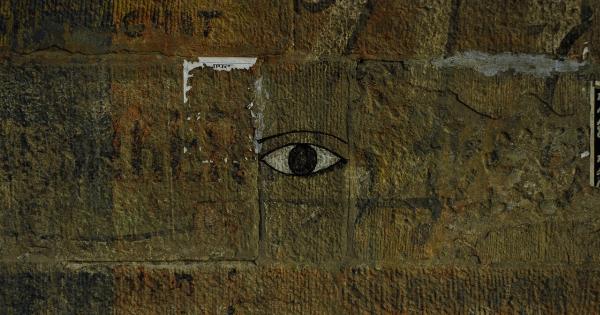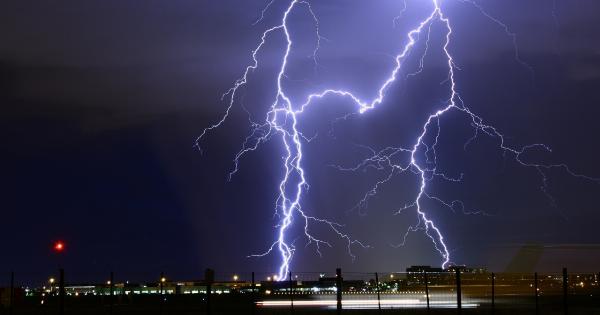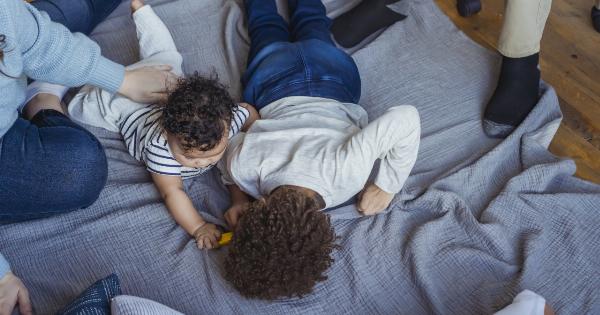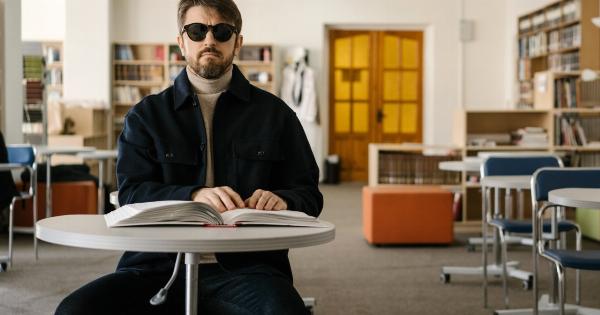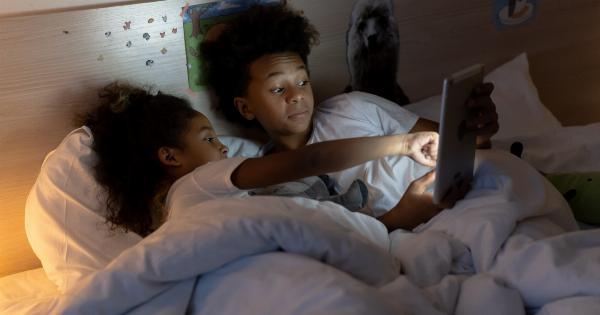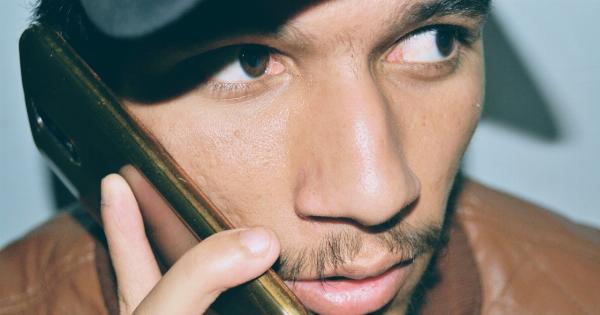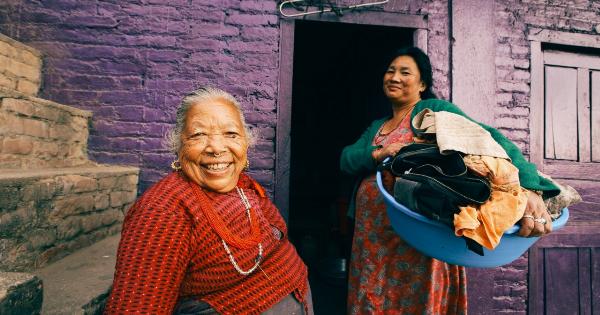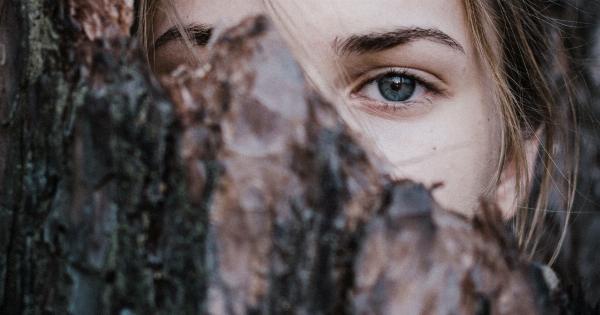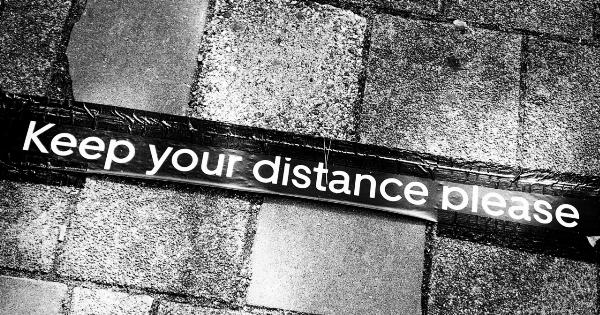On August 21, 2017, the world witnessed a rare phenomenon. The solar eclipse, also known as the Great American Eclipse, crossed the United States from coast to coast.
This celestial event occurs when the moon passes between the sun and the Earth, casting a shadow on various parts of the planet. While it was an awe-inspiring sight, the solar eclipse had a significant impact on viewability across the United States and beyond.
The Basics of the Solar Eclipse
Before diving into the impact of the solar eclipse, it’s essential to understand what causes this celestial event. A solar eclipse occurs when the moon passes between the Earth and the sun.
During this time, the moon blocks out the sun’s light, casting a shadow on the Earth’s surface. There are three types of solar eclipses: total, partial, and annular. During a total solar eclipse, the moon entirely blocks out the sun, causing the sky to go dark. A partial solar eclipse occurs when only a portion of the sun is blocked by the moon.
Annular solar eclipses happen when the moon’s size is smaller than that of the sun, causing the sun to appear as a ring.
The Impact of the Solar Eclipse on Viewability
The solar eclipse had a significant impact on viewability across the United States and beyond. As millions of people gathered to witness the event, numerous factors affected the viewability of the eclipse.
These factors included weather, location, and crowd size. Additionally, many people attempted to view the eclipse through homemade or improper viewing equipment, leading to eye damage and reduced viewability.
Weather Conditions
The weather conditions on the day of the solar eclipse had a significant impact on viewability. Cloud cover in some areas obscured the sun, making it difficult to see the eclipse.
In other areas, the weather was clear, providing an unobstructed view of the event. Many people traveled significant distances to see the eclipse, and the weather conditions made it difficult for some to view the eclipse as planned.
Location
Another factor affecting viewability was the location of the viewer. People living in or near the path of totality, where the moon entirely blocked out the sun, had the best view of the eclipse.
Others outside of this region experienced a partial solar eclipse, which varied in intensity depending on the viewer’s location.
Crowd Size
Due to the significance of the event, millions of people flocked to various locations across the United States to witness the eclipse. This large crowd size impacted viewability because many people struggled to find a clear spot to view the eclipse.
Additionally, crowd size led some individuals to use homemade or improper equipment to view the eclipse, putting them at risk of eye damage.
Eye Damage
One of the most significant risks associated with viewing a solar eclipse is eye damage. Staring at the sun, even during an eclipse, can lead to permanent damage to the retina.
Homemade or improper viewing equipment, such as sunglasses or camera lenses, is inadequate protection against the sun’s harmful rays. Proper viewing equipment, such as specialized eclipse glasses or solar filters, should always be used to view a solar eclipse.
Tips for Safe Viewing
To protect your eyes while viewing a solar eclipse, it’s essential to use proper viewing equipment. Solar filters, which fit over the eyepiece of telescopes or binoculars, and eclipse glasses are the safest options for viewing the eclipse.
These tools block out harmful rays, allowing for safe viewing of the eclipse. It’s important to note that regular sunglasses or homemade devices, such as pinhole viewers, do not provide adequate protection.
Conclusion
The solar eclipse was a rare and awe-inspiring event. While millions of people gathered to witness the event, various factors affected viewability, including weather, location, crowd size, and eye damage.
To safely view a solar eclipse, it’s essential to use proper viewing equipment, such as eclipse glasses or solar filters. By taking these precautions, viewers can enjoy the solar eclipse without putting their eyes at risk.
